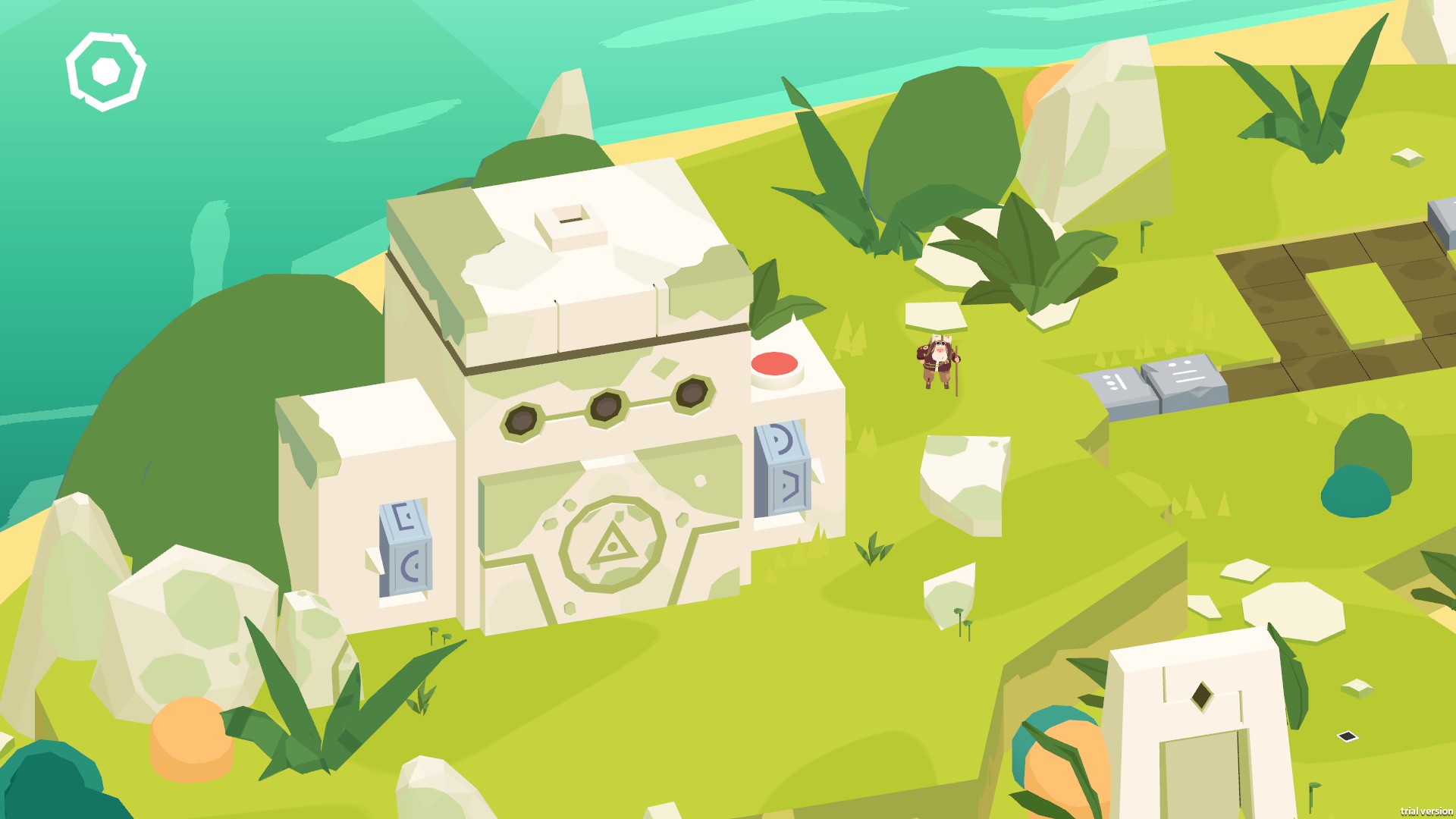Down In Bermuda Review
Folks tend to say “there’s no such things as bad pizza.” Whether a culinary truth or an excuse for breakfasting on three-day-old delivery, it assumes a certain floor of value that something cannot possibly fall below. Any pizza, no matter how poorly made, is still baked bread with sauce and cheese.
I feel similarly about puzzle boxes. Craftsmanship, polish, and complexity can – and do – widely vary, but all of them present a problem with a solution not evident at first glance.
Bad or good feel like measurements of how quickly you can find a solution, which is far too squidgy a metric to mean anything. Charm me, and I can excuse simplicity. Tell me a story with your design, and I can ignore jank. There is no such thing as a bad puzzle box.
Lots of moving pieces

At the risk of stretching this metaphor to its breaking point, Down in Bermuda then feels like a local joint who obviously knows how to sling a slice, even if consistency isn’t their strongest virtue. Yak & Co’s second game, after 2019’s Agent A, follows the story of Milton after his being marooned somewhere in the Bermuda islands for 30 years. Then, you arrive as some mystical force to begin unlocking the area’s many secrets and restoring some hope that the stranded pilot could once again see home.
You accomplish this by collecting orbs that power an arch, allowing travel between disparate islands. Those orbs can sometimes be found hidden amidst the environs but are reliably rewarded for solving each island’s major story puzzles. You see, Milton often arrives in the middle of a conundrum for the inhabitants of his destinations. A giant spider has menaced the peaceful shepherds of a forested village, for example, or a mutant sea creature threatens to destroy the AI trapped in an abandoned research lab.
These narrative hooks never fully develop into named, recurring characters (save for one adorable exception), but it’s clear Down in Bermuda isn’t setting out to tell a story in the traditional sense. Instead, they offer just enough encouragement to pull certain levers or push specific buttons, which will invariably start the ball rolling into each island’s Rube Goldberg-esque design.
The Orb

One orb on each island is awarded for collecting enough star fragments hidden amongst the architecture and flora. And while I understand the impulse to incentivise careful observation, this system highlights some of the game’s weakest parts.
First, the controls can feel frustratingly unintuitive. You can move along three axes, as well as rotate your sky-high camera using the mouse, the keyboard, or a controller. Ostensibly, this system sets up a situation where viewing things from a fresh perspective, unveils an otherwise hidden detail. But it feels like controlling an arcade claw machine that can only move along one of those axes at a time. Imagine using three disparate movements of your mouse to zoom in on a bush and turn 180 degrees. Now, imagine doing that 30 times in each level.
Additionally, pixel hunting is a fine spice that Down in Bermuda dumped into this dish. Every island will task you with finding these start fragments in order to proceed, and the hunt always pales in comparison to the more scripted narrative puzzles. It feels like busywork, and I wish the developers had cut them and focused on improving the one or two islands that failed to uphold the astounding charm and ingenuity of the entire bunch.
A mixed bag

I must address the disappointing stereotypes found on Lava Island. The vaguely humanoid inhabitants – think squares with appendages and a face – worship a fire god and live in huts, and they are adorned in feathers and carry spears while shouting phrases like “oonga boonga”. It’s a checklist of derivative islander tropes that feels straight out of British adventure pulp novels and fails to do anything but mock the real-world cultures that reside in island communities to this day.
That said, Down in Bermuda doesn’t overstay its welcome and took me just over three hours to complete. It shows off some interesting concepts and provides ample opportunities for players to feel that rush of solving thorny riddles along a challenging but fair difficulty curve. The art style paints a vibrantly colourful and distinct world, and the story never reaches beyond its grasp. There are more high points than quibbles in this game, and if you, too, love seeing a box expand into a ridiculous system of buttons, pulleys and rotating mosaics, Down in Bermuda is worth the price of a slice.

